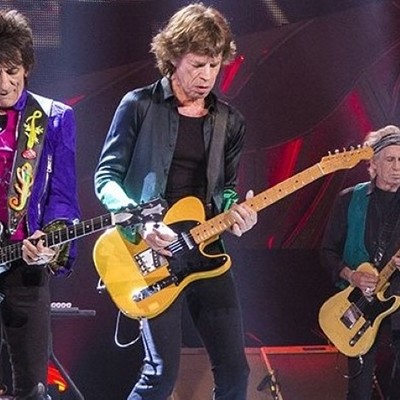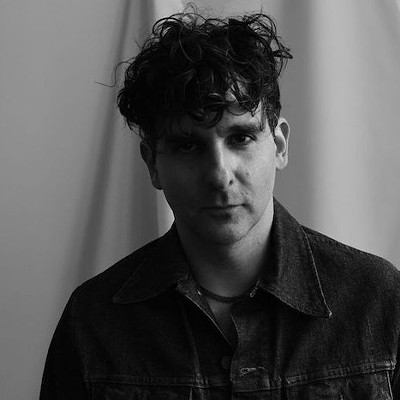In the early ’60s, American filmmakers had become lazy with the Western, retelling a well-trod, straight-ahead hero’s story — think of those slow, black-and-white John Wayne joints your dad made you watch on AMC. As Hollywood interest in the form cooled, Italian directors zoomed in on the stories of the American Southwest. Hence, the slightly racist genre title.
Eager to capitalize on Europe’s still-vibrant market for the Western, Sergios Leone, Sollima and Corbucci created cheap, stunning works, subbing the mountains of Spain and Italy for the vistas of New Mexico and Arizona. The typical Spaghetti Western is a long affair, with a loner anti-hero coming into town and enacting a personal brand of justice on those unfortunate enough to be at the business end of his gun barrel. Audiences and critics loved the Spaghetti titles — a shot in the arm for the Western and a middle finger to its mythologies.
From their iconic close zooms to the oft-imitated whistle, the Spaghetti Westerns cast a wide, Rotini-shaped shadow of influence over the film industry. Nowhere else is this more apparent than in the work of Quentin Tarantino. The auteur seems to take the spirit of the Spaghetti Western wherever he goes — Japan, California, occupied Paris. Since Kill Bill, his movies have been long-ass pieces of ambitious camerawork following an anti-hero’s spree of revenge. With a dark humor and recurring players, Tarantino chops away at the genre traditions of the World War II flick or Antebellum pictures of the American South.
Quentin Tarantino’s most frequent point of reference to the Spaghetti Western is in his soundtracks, pointing to the master scores of Ennio Morricone. In Kill Bill: Volume 2.,Tarantino pulls from four movies set to the tune of Morricone. By Inglourious Basterds, Tarantino borrowed a full eight tunes from the Italian composer.
Born in 1928 in the Kingdom of Italy, Morricone presents great tension in his works, broiling until they reach triumphant themes. Due to the slim budgets of his Spaghetti days, the signature Morricone sound is terrifically creative, with orchestral arrangements interrupted by gunshots, whipcracks and his signature whistle.
Tarantino shares a similar imagination in his music choices — who else has the cheek to play Rick Ross in a slave plantation in Mississippi? For Tarantino, a film soundtrack is an opportunity for collage. Pulling from sources as wide as his visual influences, the director uses music to startle, to provide a laugh or to introduce some meta-narrative device with a light hand. But Morricone is often the base of the collage, the foundation that keeps the broad coalition intact.
The Hateful Eight, the new Tarantino joint, marks not only the first feature-length collaboration between the director and his professional crush, but several moments of cinematic note. Out a week before the movie’s release, the soundtrack is Ennio Morricone’s first work in the Western genre in 40 years. Having written the music without seeing the movie, Morricone pulled a few score sheets from his unused material for John Carpenter’s The Thing. And before the soundtrack was even released, the score was preemptively nominated for a Golden Globe.
The Hateful Eight overture is a tense and bobbing minor melody on organ, strings and idiophone. It evokes a dark and claustrophobic feeling, fit for a movie set in a snowed-in inn in winter. Where the traditional Morricone sound might treat softer moments with
guitar, for his work with Tarantino, the soft touches of xylophone create an eerie winter effect — not the lightness of a quiet snowfall, but the ghostly silence of a cold night.
Like any Tarantino project, other musicians punctuate the score. At some point, you can expect The White Stripes’ “Apple Blossom” and David Hess’ “Now You’re All Alone” to come into play. Tarantino also nods to Roy Orbison’s “There Won’t Be Many Coming Home” from the singer’s 1967 movie The Fastest Gun Alive — the type of godawful camp that only Tarantino, the former VHS clerk, can recall and reinterpret.
In the promotional Advent to the Christmas-day opening of The Hateful Eight, much has been made of Morricone’s collaboration and the technical advances of Tarantino’s eighth film. Exploring the inventory closets of Hollywood studios, Tarantino found ultra-Panavision lenses to make his story come to life. To double-down on the insane width of these lenses, Tarantino will screen the movie in 70mm film.
“The format of 70mm lends itself to this Western landscape, the size of the frame, the width of the frame,“ said producer Richard Gladstein. With this technical commitment, teamed with Tarantino’s deep understanding of the Western genre and the co-sign of the Italian composer, The Hateful Eight could be Tarantino’s most completely realized vision yet.
Hateful Eight 70-mm screenings start at 6 p.m. this evening at Edwards Greenway Grand Palace 24 & RPX and AMC Gulf Pointe 30.





